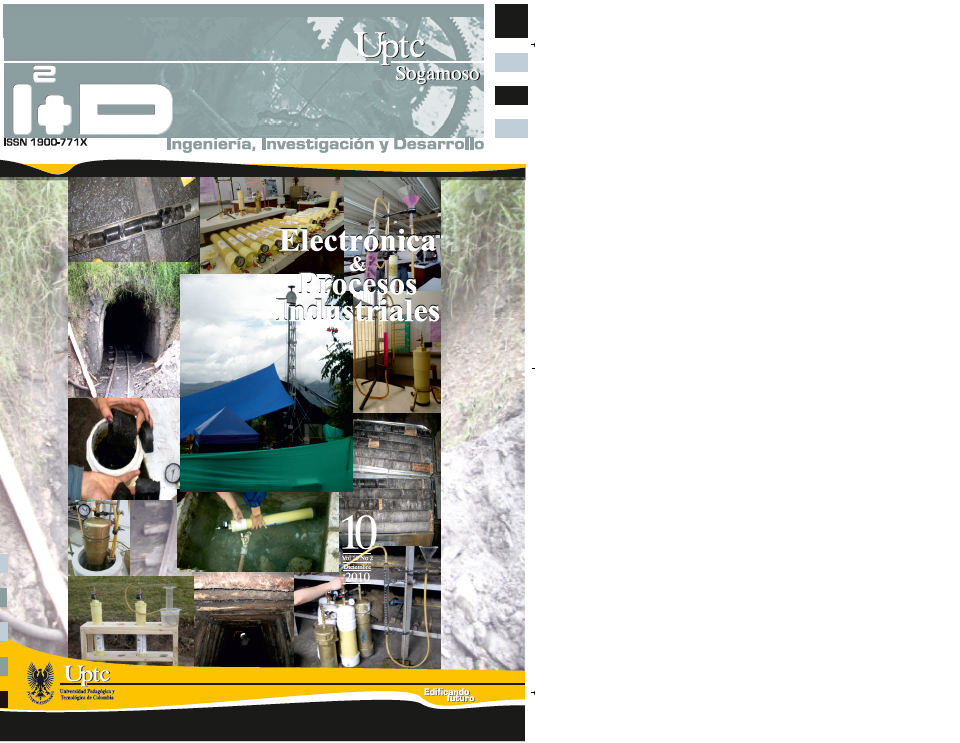Structural aspects and vein systems relations of the Segovia-Remedios mining district

Abstract
Gold mineralizations northeast Antioquia are located in the eastern flank of the Otú-Pericos Fault System, within Segovia Batholith. Vein systems in the district have been characterized and organized in three ain systems: Silencio, Vertical y Cogote. Relationships of several structural aspects among these systems, as well as identification of structures not reported previously and believed not present aloud to sketch and approximate to history and evolution of the mining district and therefore the implications of these structural controls to the present mineralizations. The presence of older dykes than veins which indorse some of the most important veins in the region and the fact that veins are younger that fracture generation as they cross the system, suggest that all processes could be the result of regional adjustment in the collision processes between terrains limited by Otú-Pericos fault System.
Keywords
Segovia-Remedios Mining District, Segovia Batholith, silencio system, tres y media system, cogote system
References
- Casas, J. (2005): Control metalogénico y evolución geológica de las mineralizaciones auríferas del alto nordeste antioqueño, Tesis, universidad nacional de Colombia, sede Medellín, Facultad de minas. 2005.
- Contreras, G. (2005): Paragénesis mineral y consideraciones acerca del modelo evolutivo en el distrito minero Segovia-Remedios. Tesis, Universidad nacional de Colombia, sede Medellín, Facultad de minas, 2005
- Echeverry, B. (2007): Datación por huellas de fisión e historia térmica de las rocas encajantes de la mineralización de oro en el Distrito Minero Segovia-Remedios en el norte de Colombia, Tesis de Maestría Universidad de Shimane, Japón,2007.
- Feininger, T. Barrero, D. Castro, N. (1972):Geología de parte de los departamentos de Antioquia y Caldas (sub-zona II-B), Boletín geológico, Volumen XX, No. 2.
- González, H. (2001): Mapa geológico de Antioquia Escala 1:400.000, Memoria explicativa, Ingeominas, Bogotá.
- Ordóñez-Carmona, O, Valencia, M; Álvarez, M. J, Sánchez, L. H, castaño, L. C, Echeverri, B. (2005): Metalogenia y evolución tectonomagmática del distrito minero Segovia-Remedios, primera aproximación, X Congreso Colombiano de Geología (CCG), Bogotá, 2005.
- Restrepo, J. J., Toussaint, J. F., 1988. Terranes and continental accretion in the Colombian Andes, Episodes 11(3), pp. 189-193.
- Rossello, E. A. (2009): Control estructural de mineralizaciones: determinación mecánica y pronósticos prospectivos, Curso dirigido, Medellín, Febrero de 2009.
- Rusell. (1959): Secuence of Fissures Frontino Area. Informe interno Frontino Gold mines, Segovia, 2 P. 1959
- Sánchez L.H., Ordóñez-Carmona O., Castaño L.C., Romero A. (2007): Revisión de modelos de fracturamiento y controles estructurales como guías de exploración de filones auríferos en el distrito minero Segovia-Remedios, Boletín de Ciencias dela Tierra, 21, pp. 49-58.
- Tremmlet. (1955): “The Fracture Pattern and Structural controls of ore localization at Frontino Gold Mines, ” Informe interno Frontino Gold mines, Segovia, 15 P. 1955.